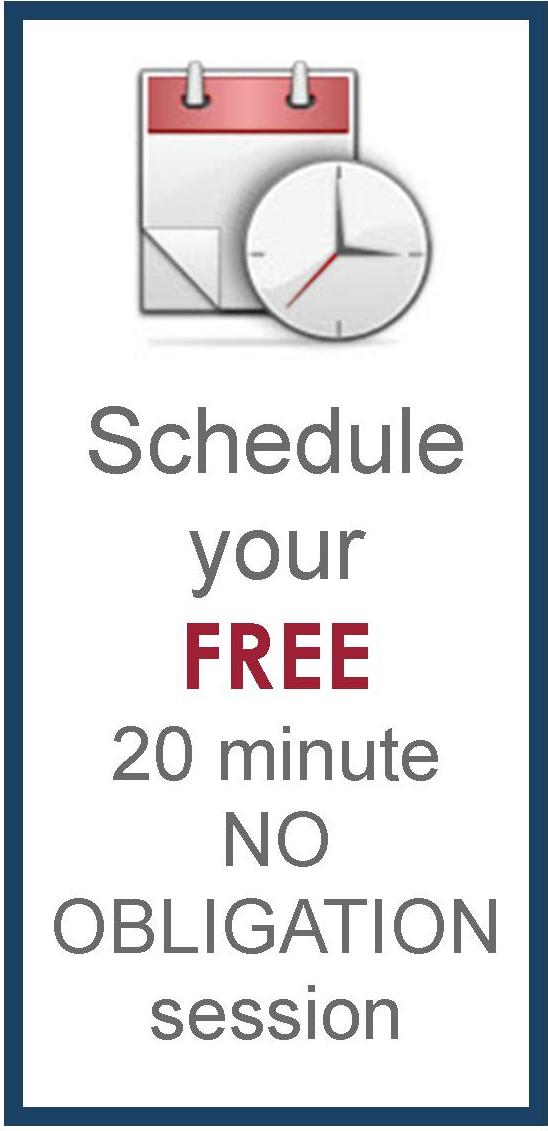
You will never reach your destination if you stop and throw stones at every dog that barks.~ attributed to Winston S. Churchill
It’s very hard to focus our distracted brains right now. I am suffering from the sense we are at a very weird intersection: We no longer have the sense of living in the end times (pandemic arriving and settling in like a storm refusing to move on) nor the deliverance times (vaccines as the light at the end of the tunnel). Instead, it seems most of us feel like we are living the “in-between” times (a limbo of when-where-how will life return to something approximating normal).
Educators with young families have it particularly hard right now. If you have young children and are teaching online, you are now juggling two overlapping teaching schedules with disparate needs, running from a Zoom lecture for your university class to a session with your child’s elementary school teacher requiring you to make sure the child logs on correctly and gets the assignment. Frequently, children are given an assignment, then told to return 20 minutes later with the results. That requires monitoring as well.
People without children at home are nervous about going out, traveling on public transportation to and from school, trying to teach hybrid in-person/online classes, frustrated with unfamiliar technology, worried about students failing to log on or turning off their cameras when they are ostensibly present, and wondering about whether students are handling familial crises and whether as teachers they are doing enough to help their students maintain good mental health. No wonder we can’t focus.
Here are some of the things my clients in higher education are saying: “I should be getting more done.” “Other people have time to write, why can’t I?” “I can’t relax…the minute I stop, I start worrying.” I can relate. Working is what keeps me from worrying. Working instead of worrying is a time-honored technique for avoiding procrastination-induced anxiety. But working all the time wears us out. We need to relax our brains, too.
The problem is that your brain never ever stops. According to Dr. Marcus Raichle, a neurologist at Washington University in St. Louis, the brain is operational between 95-100% of the time. Raichle and several colleagues demonstrated this in the early 2000s, using fMRI techniques, and coined the term “Default Mode Network” (sometimes humorously referred to as the Do Mostly Nothing circuit) to describe the constant activity of a brain at rest.
The brain is a muscle and uses approximately 30% of the glucose your body produces. Contrast this with other muscles used for walking or running. At times you may be using those muscles at a 100% level. At rest, those muscles may be used at a level as low as 0%. Our brains are always trying to make sense of the world, busily constructing and reconstructing what is occurring around us, and trying to predict “what will happen next.”
What’s a brain to do? 5 ways to focus and relax your brain
Thinking is what the brain is designed to do. Trying to tell your brain to stop thinking works about as well as telling your lungs to stop breathing. It’s just not possible. Here are 5 ways you can help your brain stay focused and relaxed.
-
Basic self-care before tasks
Make sure you are getting enough sleep, fueling your brain with good food, finding social connection time with friends and family (even if you are all stuck on Zoom), and exercising. Speaking strictly for myself, the first thing to go when I am stressed is eating right, and sugar is my poison of choice from chocolates to pie. The next thing that goes is exercise because “I just don’t have time.” The next thing that happens is I gain weight, want to eat more, and exercise less, and now I am having trouble with that focusing thing. You also need to avoid even mild dehydration: brain cells, just like the rest of your body, need water to function. Without it, your cognitive functions may be impaired. Your brain is housed in a physical body, so you better take care of that housing. If the foundation is weak, the house will fall down…and no tasks can get accomplished in a collapsed structure.
-
Just one thing at a time
Multitasking is not real: what’s really happening is multi-switching, from one thing to another. Doing this causes you to lose time on whatever task you are trying to accomplish. When you focus, the left and the right side of your prefrontal cortex are trying to work together; when you are not focused, switching your attention back and forth between competing tasks, you will make more mistakes and it will take a lot longer to get something done. In fact, it may take you 40% longer to get something done, and you may lose as much as 15-20 minutes each time you switch. Stop hopping around like a jumping bean on a red-hot stove. You’ll feel better and get more done.
-
Stay in the now
Put away all those instruments of mass distraction. Turn off your cell phone, put a blocker on your computer to keep you from sliding into the rabbit holes of Facebook, Twitter, and any other addictive social media. A few minutes of meditation before embarking on your task can work wonders. Breathe. Slowly. Mindfully breathe in and out, at least three times, for about ten seconds each time. This puts oxygen in your brain which helps you think and slows down your racing thoughts. Notice what you actually need to do to stay engaged. Staying in the now will help you break down large projects into smaller tasks and keep you from panicking.
-
Use shorter periods of time
We all have limited attention spans, defined as the time it takes for us to get tired of something or lose interest in a task we are doing. With all of the electronic entertainment devices surrounding us, our attention span appears to be getting even shorter. Traditionally, children had an attention span of about 8 minutes by the time they were 4 years old; by age 18, the attention span was said to be roughly an hour. An adult engaged in a project requiring a great deal of mental concentration such as writing may be able to stretch the time frame to three to four hours. After that, you will lose productivity. If you have a task to be done in a certain amount of time, set a timer. Beating the clock for yourself can actually be a fun motivator.
-
Use breaks sensibly
I’m not just talking about the standard 15-minute coffee or tea break after working for three to four hours, but the longer breaks like a 20-minute nap, a 20-mile bike ride, a day in the park, or a good night’s sleep. The brain needs this. A rigid commitment to staying busy at all times overloads our cerebral capacity. Our brain is wandering off of focus about 45% of the time anyway. If you don’t consciously make time for a break, your brain will do it for you: you’ll find yourself daydreaming, or those distractions will become impossible to ignore any longer, and off you will go down a rabbit hole. Once you have had a good break, come back to the task at hand refreshed, and refocus.
To conclude: Your brain can only handle so much focus at a time. Relaxing your brain helps keep it healthy and productive. So, use your brain wisely, focus, relax and repeat.
Tags: attitude, change, confidence, planning, positivity, productivity, strategies, stress, work habits






